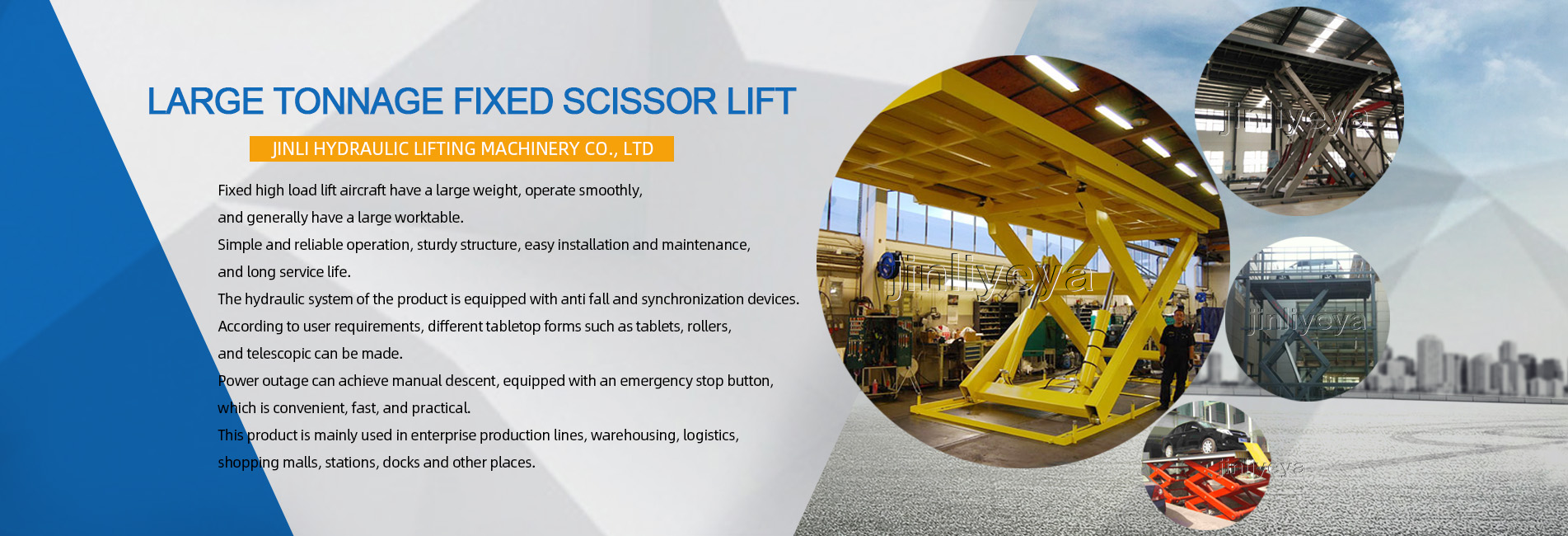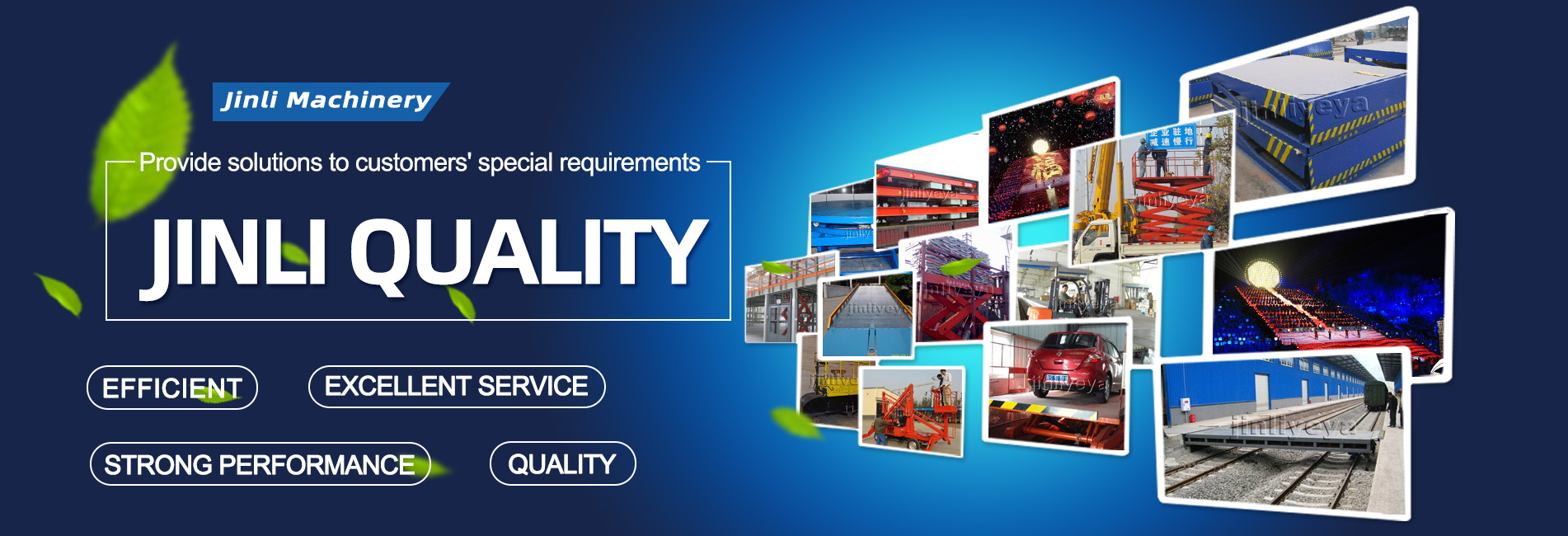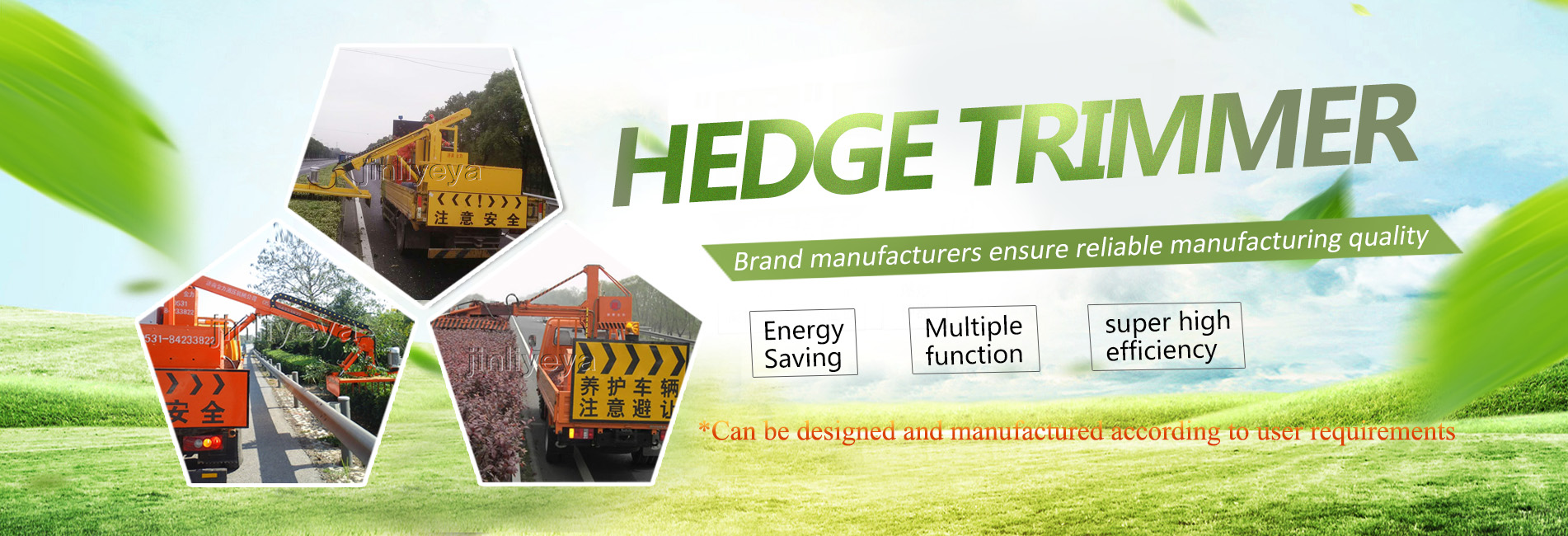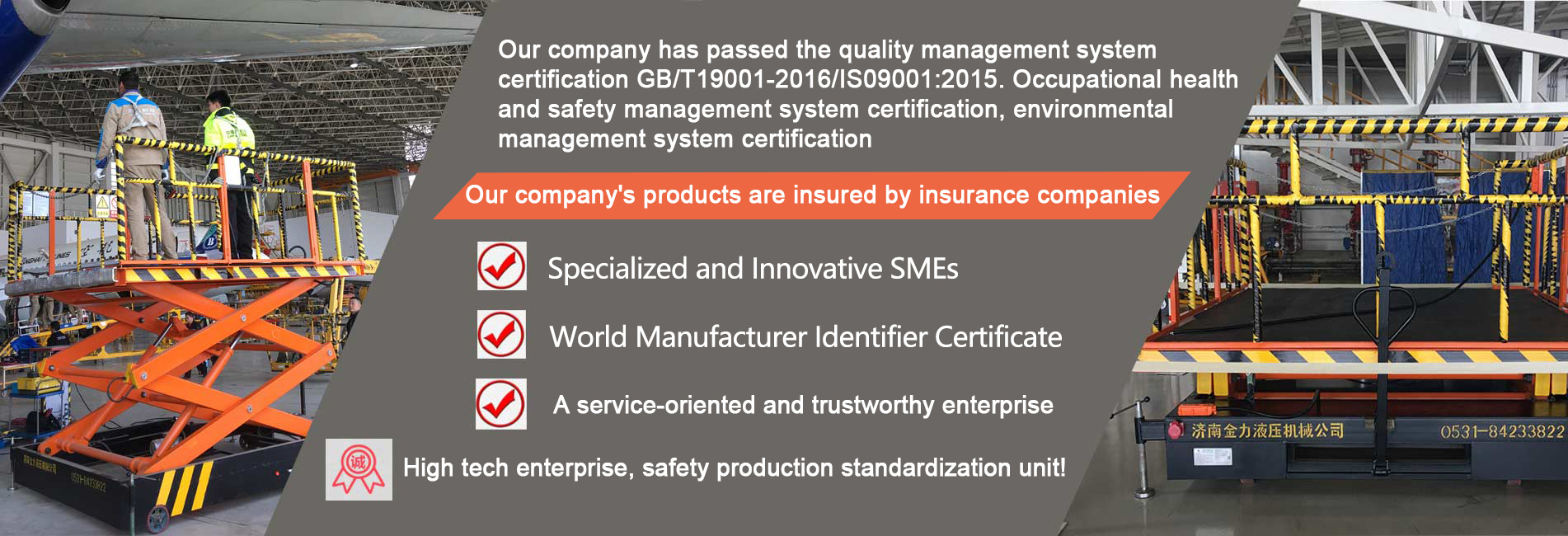& nbsp; Working principle: Hydraulic oil is composed of a blade pump to generate a certain pressure. It enters the lower end of the hydraulic cylinder through an oil filter, a explosion-proof electromagnetic directional valve, a throttle valve, a hydraulic control check valve, and a balance valve, causing the piston of the hydraulic cylinder to move upward and lift the heavy object. The return oil from the upper end of the hydraulic cylinder returns to the oil tank through the explosion-proof electromagnetic directional valve, and the additional pressure is adjusted through an overflow valve. The pressure gauge is used to investigate and read the value.
& nbsp; To ensure safe and reliable braking and prevent accidents, a hydraulic control check valve, also known as a hydraulic lock, is added to ensure safe self-locking in the event of an unexpected hydraulic pipeline rupture. An overload sound alarm has been installed to distinguish between overloading or equipment malfunctions.
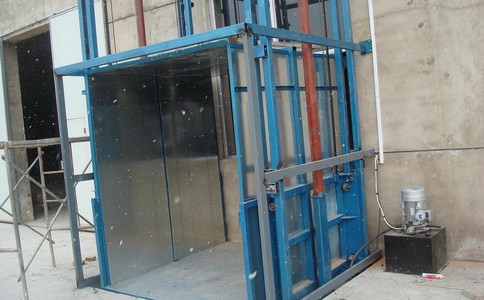
& nbsp; To ensure safe and reliable braking and prevent accidents, a hydraulic control check valve, also known as a hydraulic lock, is added to ensure safe self-locking in the event of an unexpected hydraulic pipeline rupture. An overload sound alarm has been installed to distinguish between overloading or equipment malfunctions.


